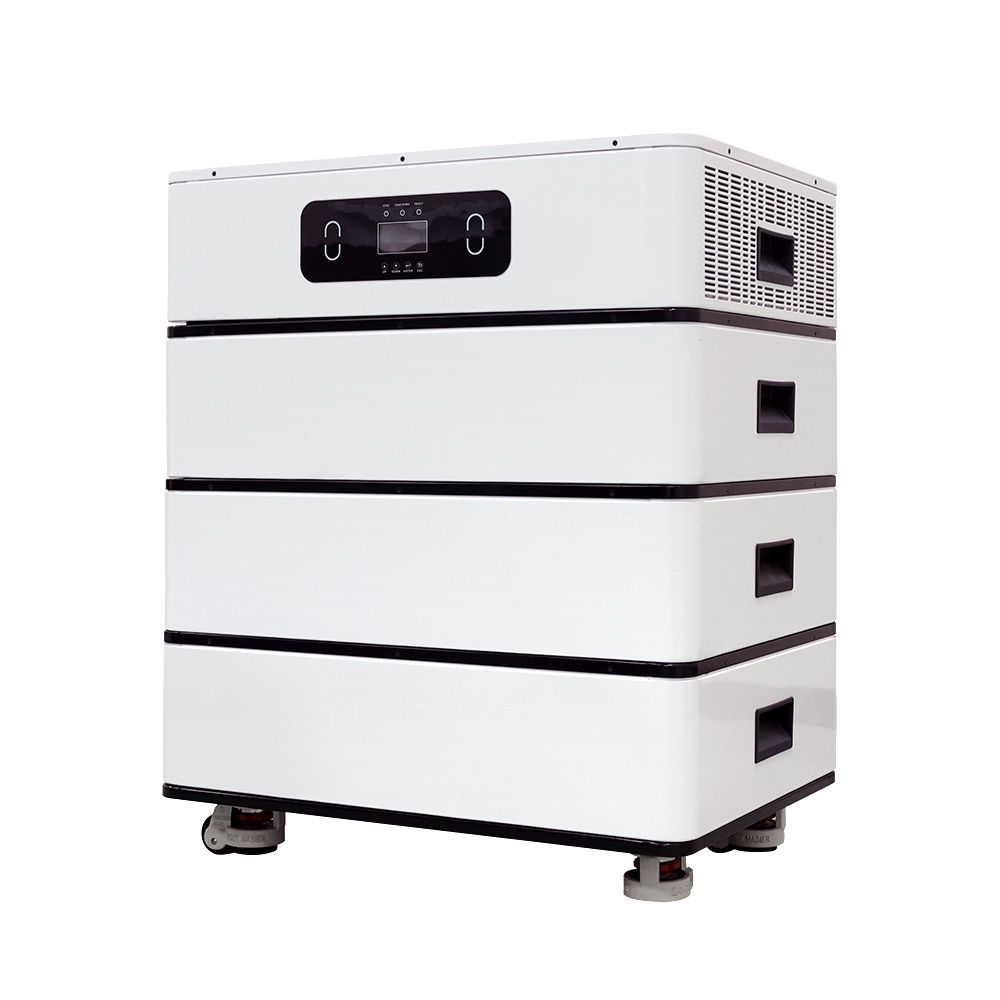Energy storage inverters are essential components in modern energy systems, particularly in solar power installations, electric grids, and renewable energy projects. These inverters help in converting the energy stored in batteries into usable electricity, making it accessible when demand outpaces generation.
1. What is an Energy Storage Inverter?
An Energy Storage Inverter is a device that converts direct current (DC) electricity stored in batteries into alternating current (AC), which is used by most electrical appliances. The inverter manages the energy flow between the power storage units (usually batteries) and the electric grid or an isolated power system, ensuring that the stored energy is utilized efficiently.
In essence, it allows energy to be stored during off-peak periods and released when required, helping to stabilize supply, reduce energy costs, and enhance overall grid reliability
2. How Does an Energy Storage Inverter Work?
The functioning of an Energy Storage Inverter revolves around two key processes: charging and discharging.
Charging Process: When excess power (often from renewable sources like solar or wind) is available, the Energy Storage Inverter converts the AC electricity from the grid into DC electricity, which is stored in batteries for later use.
Discharging Process: When energy demand exceeds generation, the Energy Storage Inverter converts the DC power stored in batteries back into AC electricity, which can then be supplied to homes, businesses, or the electrical grid.
This dual capability of both storing and releasing energy is what makes energy storage inverters indispensable in modern energy systems.
3. Types of Energy Storage Inverters
Energy storage inverters come in various forms, each designed for different applications.
The most common types include:
Grid-Tied Inverters: These inverters connect directly to the grid and are used in systems where the stored energy can be returned to the utility company when excess energy is available.
Off-Grid Inverters: These are used in remote areas where grid access is unavailable. Off-grid systems store energy for use when generation is insufficient.
Hybrid Inverters: These combine the capabilities of both grid-tied and off-grid inverters, offering flexibility in energy management. They can supply energy to the grid, draw from the grid, and store or release power as needed.
Each type of Energy Storage Inverter has its advantages, depending on the installation's location and energy needs.
4. Benefits of Using an Energy Storage Inverter
The adoption of Energy Storage Inverters offers numerous benefits, including:
Energy Independence: By storing energy, individuals and businesses can become less reliant on external electricity sources, ensuring a more reliable power supply, especially in areas prone to outages.
Cost Savings: Energy storage inverters enable users to take advantage of time-of-use pricing, storing power when it's cheaper and using it during peak pricing periods, leading to significant savings.
Grid Stability: The integration of Energy Storage Inverters helps balance supply and demand on the grid, reducing stress during peak load periods and improving overall grid stability.
Sustainability: By enabling the use of renewable energy sources and reducing reliance on fossil fuels, Energy Storage Inverters contribute to environmental sustainability.
5. Applications of Energy Storage Inverters
Energy storage inverters find applications in various sectors, including:
Residential Solar Systems: Many homeowners use Energy Storage Inverters to store solar energy for later use, reducing their electricity bills and increasing energy security.
Commercial and Industrial Use: Businesses are increasingly adopting energy storage systems to mitigate high energy costs, ensure backup power during outages, and meet sustainability goals.
Electric Grid Management: Utility companies use Energy Storage Inverters to enhance grid efficiency by storing excess power generated during off-peak times and releasing it when demand peaks.
Renewable Energy Projects: Wind and solar farms integrate energy storage inverters to optimize energy generation and stabilize fluctuations in renewable energy production.
6. Challenges of Energy Storage Inverters
While Energy Storage Inverters offer many advantages, there are certain challenges associated with their use:
Cost: The initial investment in energy storage systems, including inverters, can be expensive. However, the long-term savings often justify the upfront cost.
Maintenance: Energy storage inverters require regular maintenance to ensure optimal performance and longevity.
Efficiency Losses: The process of storing and converting energy is not 100% efficient, and some energy is inevitably lost during conversion, though technological advancements are continually improving efficiency rates.
7. The Future of Energy Storage Inverters
As renewable energy sources like solar and wind power continue to grow, the demand for energy storage inverters is expected to rise. Innovations in battery technology and inverter efficiency are making these systems more affordable, reliable, and accessible to a wider range of consumers and industries.
with increasing concerns about climate change and energy security, Energy Storage Inverters will play a central role in the transition to a cleaner, more sustainable energy future.
































